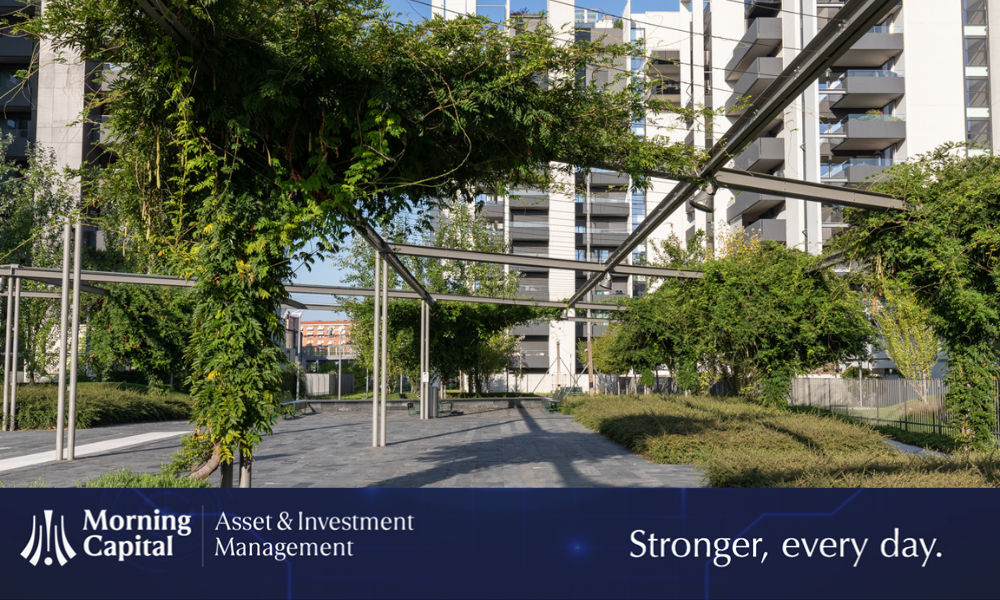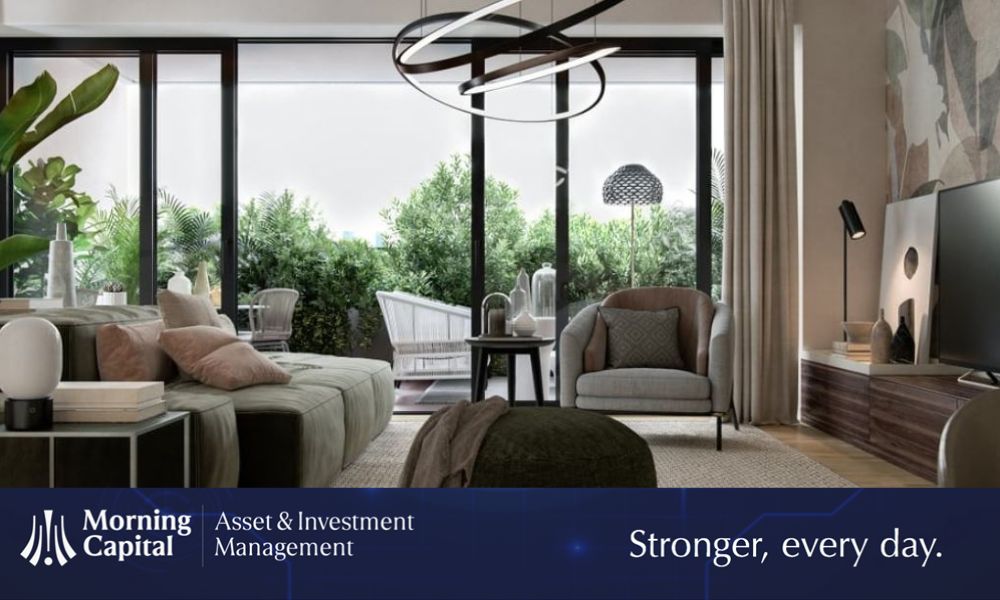In a recent article we examined all the benefits an urban renewal project can bring to an area, its social fabric and local economy.
Here we will focus on issues involving the management of buildings and public and private spaces underlying an urban renewal project—a fundamental aspect of true project feasibility.
In fact, the risk of potential management deadlocks can jeopardize the efforts expended in implementing the project.
The basic elements of an urban renewal project
Let’s identify the basic elements of a local urban renewal project in terms of its different aspects and applications:
- Residential
- Service industry
- Industrial
- Logistics
- Commercial
- Public and private services
- Squares and public areas
- Parks and green areas
- Parking
- Pedestrian and bike paths
For more information, please read the article“Urban Renewal: What it is, its effects and its advantages”
The urban renewal project: from planning and implementation to its management
After the planning and implementation of an urban renewal project, the management of the various sectors—
- residential buildings,
- public spaces,
- squares,
- green areas,
- parking and other non-residential areas—
is the real factor of sustainability of a complex renewal project. Increasingly, investors and real estate developers evaluate up front the presence of entities capable of managing the various aspects of renewal work and defining project criteria, based on confidence that credible managers have been selected.
The phase of completing, launching and maintaining a complex renewal project is a demanding one with potential risk factors to be taken into consideration when planning the project from its inception. Below are some of the truly challenging aspects of an urban renewal project.
Overall management of mixed use buildings
Challenges: identify operators capable of managing a range of asset classes—for example, residential, service industry, logistics, commercial, hospitality and open spaces—from an integrated approach, but with a correct and suitable methodology given the various types of parties involved, including owners, tenants and users of the spaces.
Risks: potential source of dissatisfaction for local players with resulting triggering of tense relations with managers and sector owners that could impact on the value of property initiatives and occupant well-being.
Building Maintenance
Challenges: guarantee regular building maintenance to preserve its physical appearance, functionality and, ultimately, the asset’s intrinsic value, as well as occupant well-being.
Risks: lack of funds for proper ordinary and extraordinary maintenance, both predictive and unforeseen, building deterioration, and design errors resulting in negative consequences for the funds required to resolve them and for occupants.
Management of Public Spaces and Squares
Challenges: maintain security, proper maintenance and required cleaning of public spaces, guarantee the management process of events and recreational activities by coordinating (i) administrative processes for granting authorized permission, and (ii) all stakeholders involved, i.e., public security authorities, civil protection, technical and commercial third parties, and commitment to local and neighborhood social consensus.
Risks: security problems, deterioration of public spaces, social tension and community resistance to events or change.
Development and Maintenance of Green Areas
Challenges: preserve and develop green areas, guarantee biodiversity, and integrate users and natural environments. Develop initiatives designed to create economic resources to cover management costs.
Risks: potential lack of resources for maintenance, negative environmental impacts, inadequate management of water resources, and incompetent management.
Parking Management
Challenges: plan and manage parking demand, and provide facilities that are safe and well-maintained.
Risks: congestion-related problems, lack of parking spaces, security/safety issues, vandalism, and social tension due to incorrect use of the facilities.
Local Commercial Activity
Challenges: support the development of commercial activity, promote local attractiveness, and coordinate commercial initiatives with user needs.
Risks: business bankruptcy, changes in market dynamics, commercial competition, and potential negative effect of commercial policy on (i) local livability and (ii) use of spaces.
Sustainability and Continuous Innovation
Challenges: implement long-term sustainable practices and integrate new technologies and innovation, both in terms of management and from a technical-structural standpoint.
Risks: technological obsolescence, failure to adopt sustainable practices and resistance to change.
Community Involvement and Public Participation
Challenges: maintain active involvement with community residents and users and provide for continuing participation.
Risks: flagging interest, potential non-involvement of the local community, resistance to animation initiatives, and ineffective communication.
Rental Management Policy
Challenges: continuous monitoring with analysis of (i) rental comparables and (ii) buying/purchasing power of the target population.
Risks: misalignment of the property stock with market trends and concentration of specific types of tenants creating a potential “ghetto” effect.
Traffic and Mobility Management
Challenges: maintain sustainable mobility solutions, manage transport demand, and organize transport systems in coordination with public and private mobility.
Risks: traffic congestion, resistance to change in modes of transport.
Safety/Security
Challenges: guarantee local security and safety of urban spaces, buildings and people occupying them.
Risks: problems of public security, increase in crime, and social decay.
Management of a local renewal project following its completion
Managing an urban renewal project after it has been completed requires an advance, proactive approach to take on challenges quickly and efficiently. A well-structured management plan, continuous collaboration with the community, and flexibility in adapting to evolving situations are fundamental for long-term success.
Generally, however, management of the various areas of an urban renewal project are entrusted to multiple companies and entities which, often, are unable to coordinate with each other.
To avoid the risk of a management stalemate, a new approach can be used which involves finding a company that is able to handle complex renewal initiatives from a one-stop-shop approach. In Italy, there already exist multi-skilled companies that can create a single interface for a range of specializations.
The Morning Capital Experience
The Portello/Piazza Gino Valle/Parco Vittoria Milano project developed by Vittoria Assicurazioni Spa and Finiper Spa is a successful example of integrated management of an entire urban sector, and one for which Morning Capital is the proud manager of the entire project.
Recognition of the ability to provide integrated management of the assets in the Portello project has been attested to by all owners who have granted their mandate for overseeing the various properties involved: more than 300 residential units, over 40,000 m2 of single- and multi-tenancy service sector buildings, public/private parking with over 700 parking spaces, and the largest public square in Milan.






